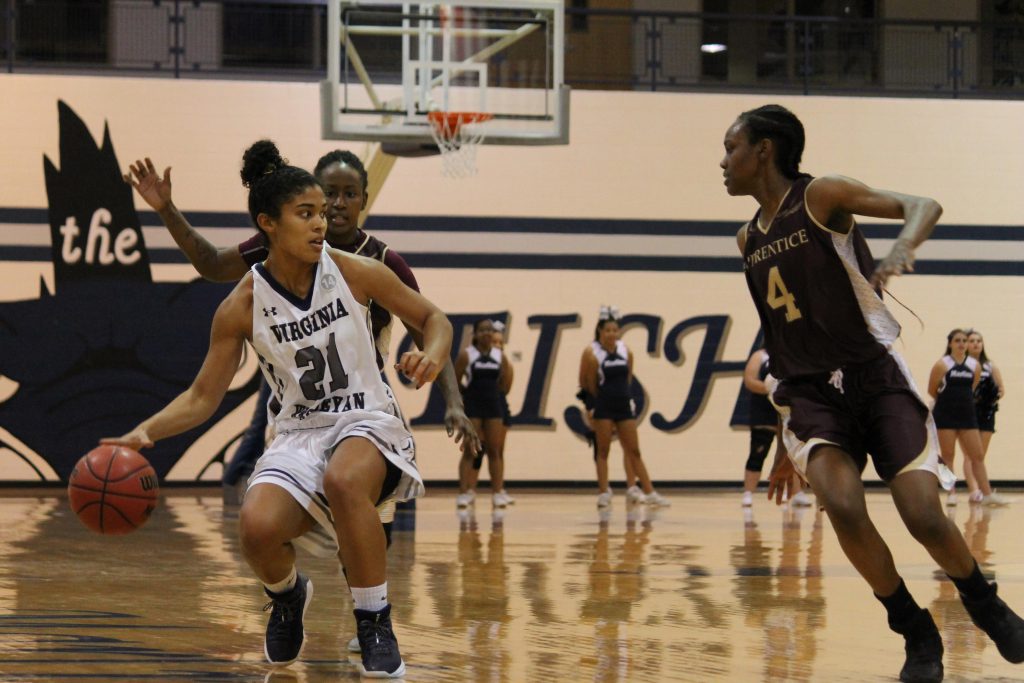For the first time since 1977, the NCAA completed a major revision of its constitution, in which more than 1,000 NCAA members were participants in the vote. Despite the new changes, many schools and representatives were not satisfied with these new reforms to the constitution. Some attributed this constitution release action to political pressure.
President Scott D. Miller and Executive Athletic Director Andrea Hoover-Erbig took part in the convention virtually and they did take part in voting on behalf of the institution, against this constitution.
“We join other institutions in the area like Christopher Newport University and Hampton University that also voted no. The Centennial Conference, the USA South Conference, The New England small college conference, and the New England Men’s and Women’s Athletic conference voted no,” Miller said.
He also added, “Most of the resistance came from the Division III and there just were not enough votes to reject the constitution.”
One of the reforms that the NCAA passed was that now schools have more autonomy to develop their own policies. However, the dissatisfaction from many schools from Division II and Division III has been due to the fact that the revenue-sharing policy did not change for any of these divisions.
“The NCAA generated $1.15 billion dollars in revenue in the year 2021 and the NCAA will tell you that this new constitution promotes autonomy for all three divisions and is true, but what was not addressed is the revenue sharing. We have had situations having a competitive program, where we have been slighted in travel and overnight stay while participating in regional and national competition because the NCAA has tighter rules on what they spend on Division III,” Miller said.
Of the $1.15 billion dollar revenue, Division III schools, which is the largest conference of the NCAA with 444 schools, received only 3.18%.
“You may say, well okay, the big 133 schools are the ones generating money through basketball and football, but the major item is that they get tax-exempt status from the IRS, as a result of Division II and Division III. So, 744 of the 1904 members are in Division II and Division III, and yet these divisions don’t share in the money the way Division I gets it,” Miller said.
He also added, “If we are the largest division conference, why are we getting the smallest share of the money?”
“I think that for an institution like us, that is committed to the student experience, that it would be inappropriate for us to vote in a way that we did not believe would benefit our student-athletes,” Miller said. To which Hoover also said, “A lot of this legislation in the association was created to address problems in Division I and they trickle down to the other divisions.”
Aside from the new constitution, there were also nine other items that were voted on. “I think the big ones were that the President’s Council would now have the ability to make changes in an emergency situation, a conference only needing six members to sponsor a sport to get an automatic qualifier and some others that did not affect VWU directly,” Hoover said.
Chair of the SAAC committee senior Mackenzie Kerns stated that one of the positive changes of this constitution is that this is the first year that there is actually a student voter on the board. “Now, each division has a little bit more autonomy and control to run their division how they want, so that gives Division III a little bit more freedom and is more beneficial for us,” Kerns said.
Even though this new constitution did not address the dilemma of athletes not being paid for playing, it does allow flexibility in the name, image and likeness (NIL) benefits. “Now that it’s okay for them to do that, there is just a reporting structure that has to happen to make sure things are done appropriately,” Hoover said.
“NIL is more of a replacement to that, and it kind of makes up for athletes not having ‘pay for play,’ so the NIL allows them to still make some money,” Kerns said.
However, the majority of this constitution was not favorable for all three divisions and in real situations that have been reported, such as gender inequalities, Division II and Division III did not see a clear solution from the NCAA.
“The real situations that affect our students were not adequately addressed, including the substandard treatment of Division III in comparison to Division I,” Miller said.
All these new changes and reforms of the new NCAA constitution will be effective starting Aug. 1.
By Steven Serrano
sdserranocruz@vwu.edu


